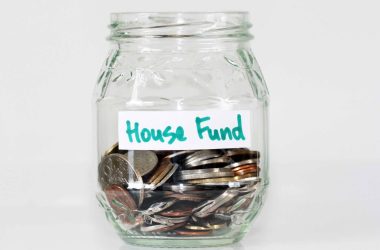The RBA estimates that 1 in 4 mortgages are coming off a fixed rate by the end of 2023. The repayments on most of these loans will jump by over 50% as borrowers come of low fixed rates and onto variable rates up to 4% p.a. higher.
Repayments on a $750,000 loan will increase from about $3,000 per month to $4,700, an increase of $1,700 per month ($20,400 p.a.) or 56%.
Australians became used to historically low rates as rates steadily decreased over several years up to 2021. Around this time, many people fixed their rates. Borrowers on variable rates have experienced a sharp rise in repayments since, but have essentially had that time to adjust spending and get used to higher loan repayments. Households on low fixed rates will experience an immediate increase in repayments as they come out of their fixed rate period.
In our experience, most households on low fixed rates have experienced “lifestyle creep” and adjusted their lifestyles to suit the surplus income available when you are on a 2% p.a. mortgage rate.
For these households, making the adjustment to around 6% p.a. is going to be difficult.
Here’s what we suggest:
1. Work out your monthly loan repayment at current variable rates (use 6% p.a. and ideally add 0.5% p.a. for the potential for more rate rises).
2. Subtract the new monthly repayment (on the variable rate) from your monthly net income and set up a budget to ensure you start living on your remaining income now, before your fixed rate expires.
3. Save your surplus income for an emergency in the event you still have trouble meeting repayments when you come off your fixed rate.
4. If you can manage to meet your living costs on the new budget, you will probably be OK on the higher variable rate.
If your reversionary rate (the new variable rate your lender reverts to after your fixed rate period expires) is higher than current competitive rates, then consider refinancing to a:
1. Lower variable rate.
2. Fixed rate for 1 or 2 years so you have more time to adjust your lifestyle in the event rates continue to increase, put you in further mortgage and cashflow stress (however, note that current fixed rates are similar to variable and, while your rate won’t increase during the fixed period, you may pay more overall during the fixed period if rates decrease down the track).
To further ease your cashflow, you might consider refinancing to:
3. A longer loan term (reducing repayments, but increasing overall lifetime interest charged on the loan).
4. An interest only loan, for a period.
Please note: lenders will stress test your ability to repay a mortgage at rates between 1-3% p.a. higher than current rates. Therefore, you will need additional surplus income (beyond your new variable repayment) to qualify for a loan.
Borrowers tend to prioritise mortgage repayments and most households will find a way to adjust to the higher rates. Default rates remain low, but it may take some time for households to adjust their budget while they use savings to meet the deficit.
If you need any help or have any questions, please reach out to us. If you are considering refinancing, you should contact a mortgage broker at least 3 months before the fixed rate period expires so you can prepare for a loan application.




